Concussion awareness and addressing injures could mean life or death for athletes
Photo courtesy of K.M. Klemencic
Junior Savanna Estes blocks a Hudson player’s shot. Estes plays the forward position and has had 2 concussions due to contact in the post.
I sustained my second concussion April 17 at an AAU (Amateur Athletic Union) tournament.
At first, I thought it was just a headache because I had been hit in the head twice; once with the ball to my face and again by a girl’s forearm on the top of my head. But when I went to school the Monday after, I couldn’t focus and my head hurt worse.
So, I went to the doctor and had enough symptoms for them to determine that I had a concussion.
They ask you a ton of questions about symptoms from a concussion checklist, where you simply answer yes or no. For example, some of the symptoms include nausea, more tired, dizziness or sensitivity to light.
When you get a concussion, the doctor gives a few orders: Stay home, take nausea medicine as needed, and don’t do anything that requires brain power because you are on total brain rest.
Let me tell you, it is the most boring thing ever. All you can do is sleep and eat.
Upon first hearing that, a lot of people say, “Wow, that sounds great,” but then they realize it definitely is not. Because that is literally all you can do.
The CDC recommends avoiding activities that can put you at risk for another injury to your head or brain, and limiting screen time, while also maintaining a good sleep schedule.
However, to get back to playing basketball as soon as possible, my doctor recommended that I have no screen time at all.
I will admit also that I did not maintain a good sleep schedule, partly because my doctor said sleeping helps to allow my brain to rest, but also because one of my main symptoms was tiredness. All I wanted to do was sleep.
I ended up having to stay home for a week from school and all other activities. I left Monday and returned the following Monday.
Upon returning, I got bombarded with tons of schoolwork. It’s been really difficult to catch up on old work while continuing to do new work. Especially since you can’t just jump back into everything quickly after a concussion, you have to take things slow. However, I have a really great support system and the teachers have all been very understanding.
I also returned to basketball after I got cleared, which is a little more difficult than returning to school. When first coming off of a concussion, I’ve found that it is better to take things slow. So, my first day back I only shot around, and the amount of activity progressed each practice from there. I would have to take breaks because of dizziness or nausea, but after a few minutes, I would be good to go.
I ended up playing in a tournament the weekend after I returned on Monday. I played fairly well, but my coaches and parents had me take it easy, which is not something I tend to like to do.
However, my doctor warned that I needed to be careful because the more concussions I sustain, the greater my risk for permanent brain damage, or Chronic Traumatic Encephalopathy (CTE). She also said that if I have two more concussions, I would have to start wearing a helmet to help prevent future concussions from occurring.
CTE is a growing concern for all athletes because little information is known about it. CTE can only be diagnosed after death, but it has been linked to changes that affect how the brain works; however, the diagnosis is oftentimes too late. Athletes make major mistakes due to their brains being altered from this disease.
For example, Chris Henry, a former wide receiver for the Cincinnati Bengals, fell out of the back of a moving pickup truck in 2009 and passed away. After his death, doctors diagnosed him with CTE. They suggested that his offield behavior may have been because of his CTE, including criminal behavior and substance abuse.
This is why athletes must be more aware of what happens to them on the field. No one wants to admit they have been injured, but when it comes to your head, everyone must be more careful.
Your donation will support the student journalists of Streetsboro High School. Your contribution will allow us to purchase equipment and cover our annual website hosting costs.


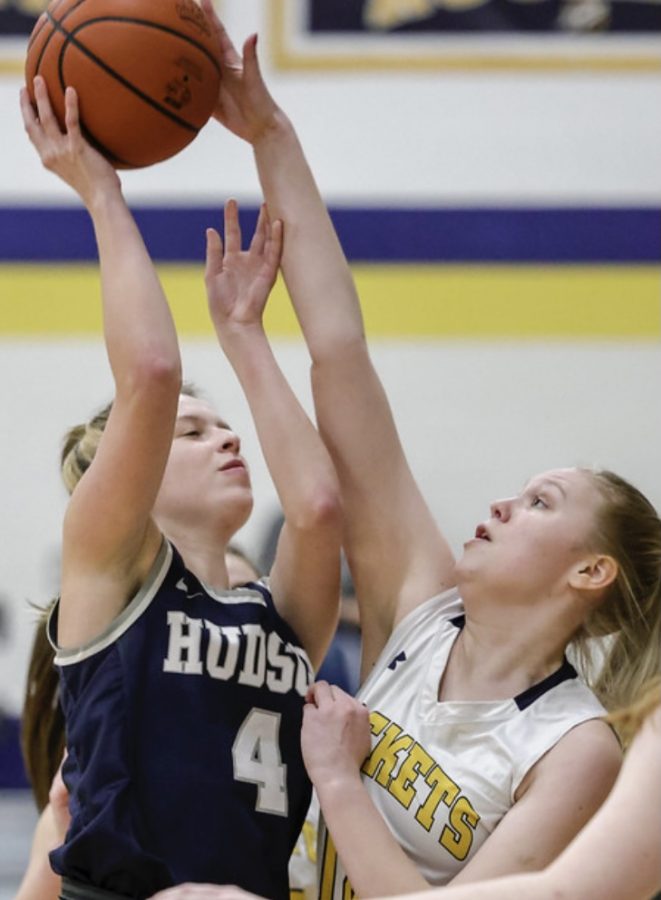
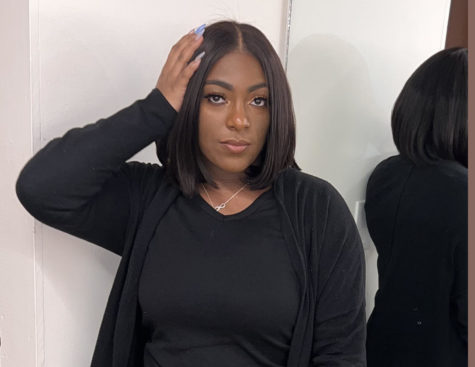
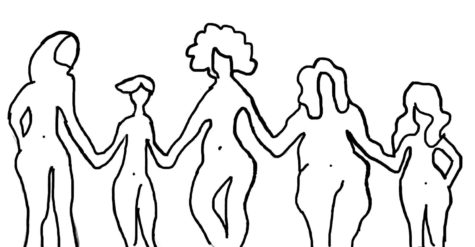
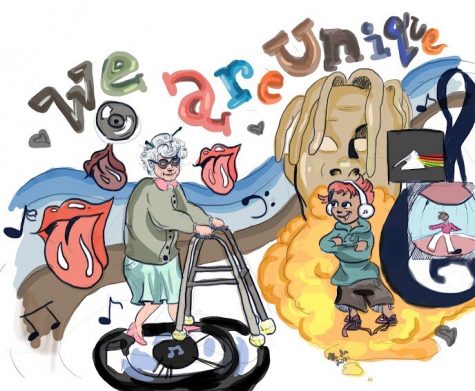
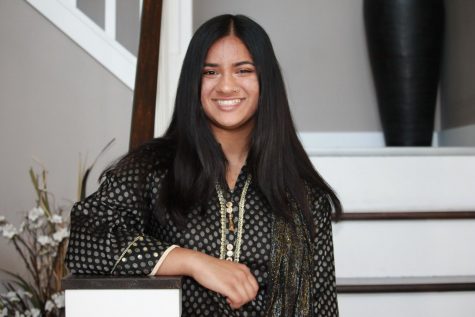
James Bryan • May 24, 2021 at 9:32 pm
This was a great and informative article. The Author really knew their information